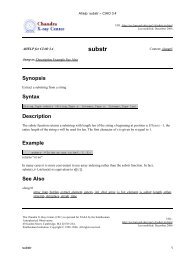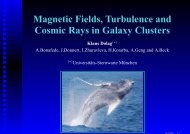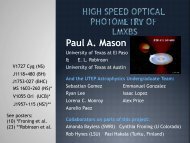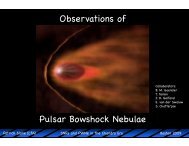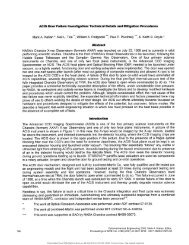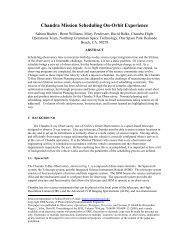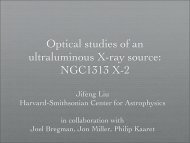observational overview of state transitions in x-ray binaries
observational overview of state transitions in x-ray binaries
observational overview of state transitions in x-ray binaries
Create successful ePaper yourself
Turn your PDF publications into a flip-book with our unique Google optimized e-Paper software.
SPECTRAL EVOLUTION<br />
hardness-<strong>in</strong>tensity diagram (HID)<br />
The arrows <strong>in</strong>dicate the evolution <strong>in</strong> time. The source starts out fa<strong>in</strong>t and hard and <strong>in</strong>creases<br />
<strong>in</strong> lum<strong>in</strong>osity while the spectrum rema<strong>in</strong>s hard. At some po<strong>in</strong>t a sudden s<strong>of</strong>ten<strong>in</strong>g <strong>of</strong> the<br />
spectrum takes place, with only m<strong>in</strong>or changes <strong>in</strong> the count rate. The spectrum rema<strong>in</strong>s s<strong>of</strong>t<br />
as the source decays, but at some po<strong>in</strong>t the spectrum shows a sudden harden<strong>in</strong>g and returns<br />
to the same hardness as at the start <strong>of</strong> the outburst. For the rema<strong>in</strong>der <strong>of</strong> the decay the<br />
spectrum rema<strong>in</strong>s hard. The q-shaped diagram is traced out <strong>in</strong> an anti-clockwise manner.<br />
There are two important aspect <strong>of</strong> this diagram that should be noted.<br />
First, while at low lum<strong>in</strong>osities the spectrum is always hard, at higher lum<strong>in</strong>osities, the<br />
spectrum can be hard, s<strong>of</strong>t, or <strong>of</strong> <strong>in</strong>termediate hardness.<br />
Second, the transition from hard to s<strong>of</strong>t takes place at a significantly higher lum<strong>in</strong>osity than<br />
the reverse transition.<br />
Similar behavior is also seen <strong>in</strong> other sources, as I will show later.



